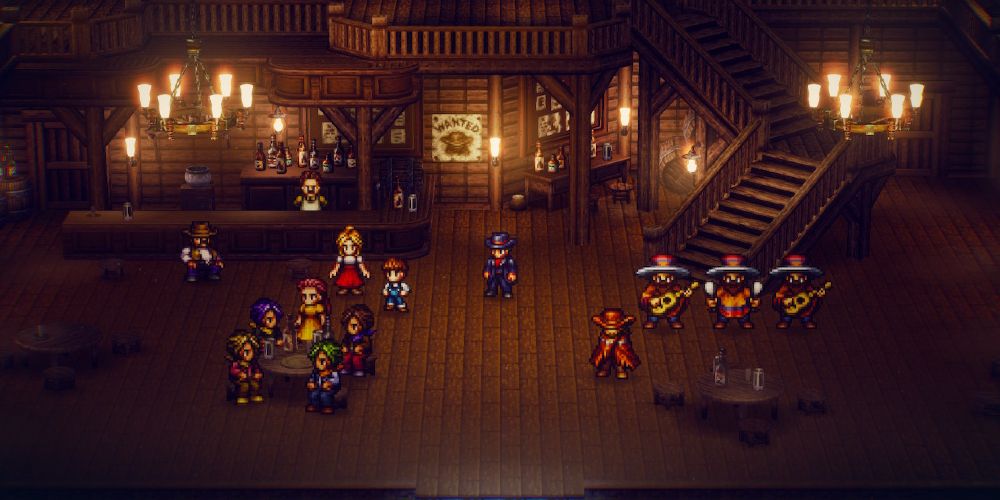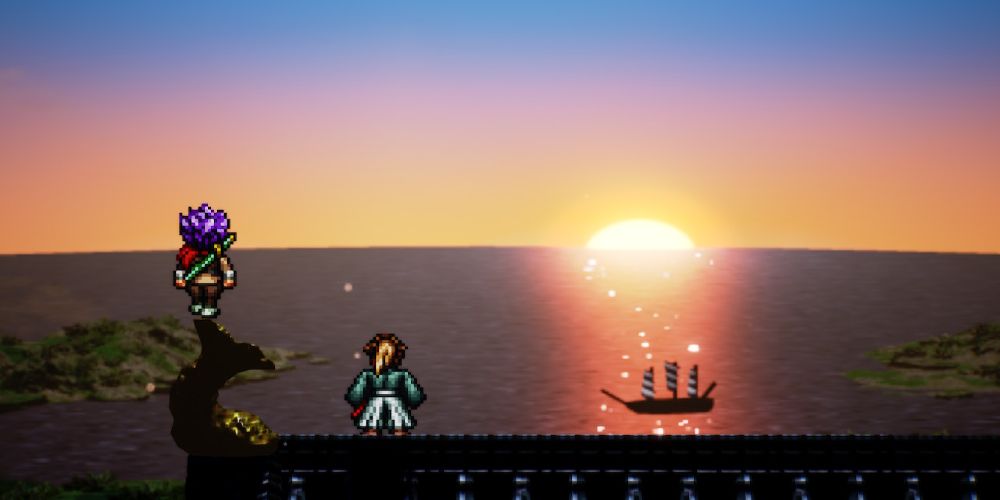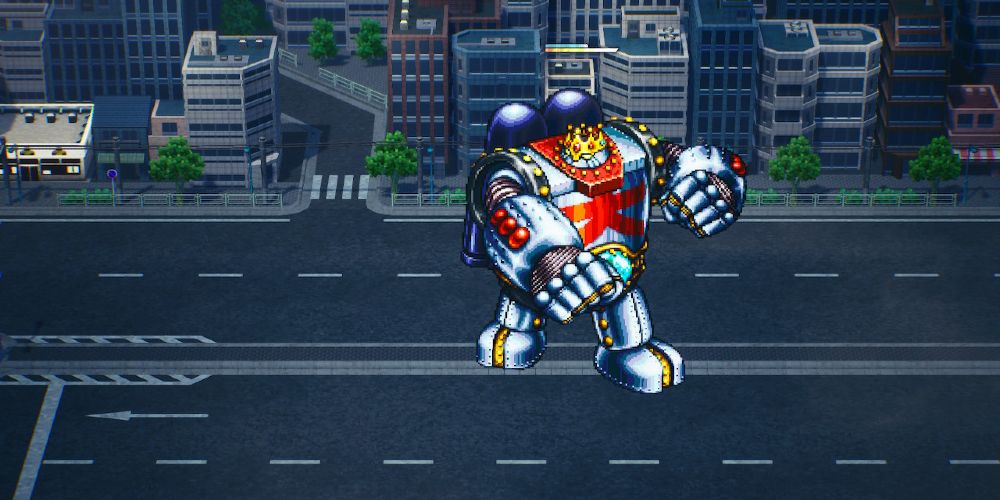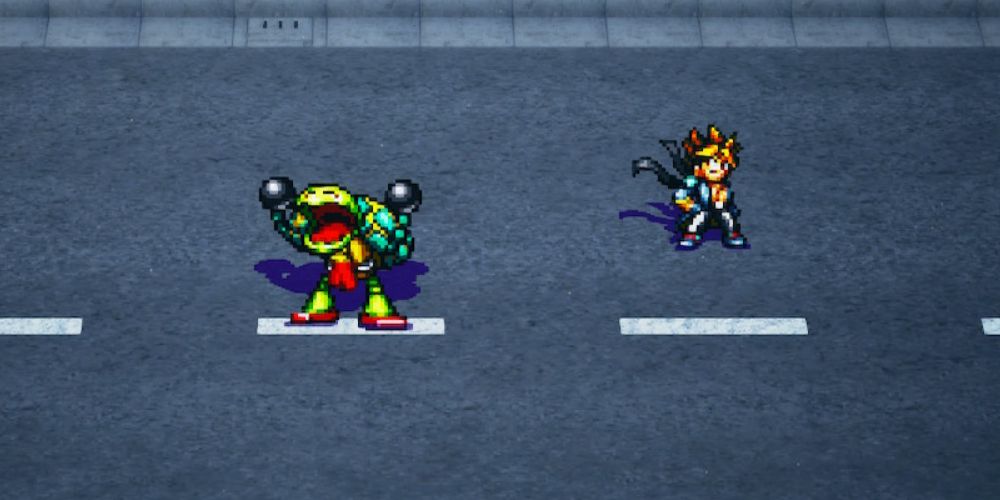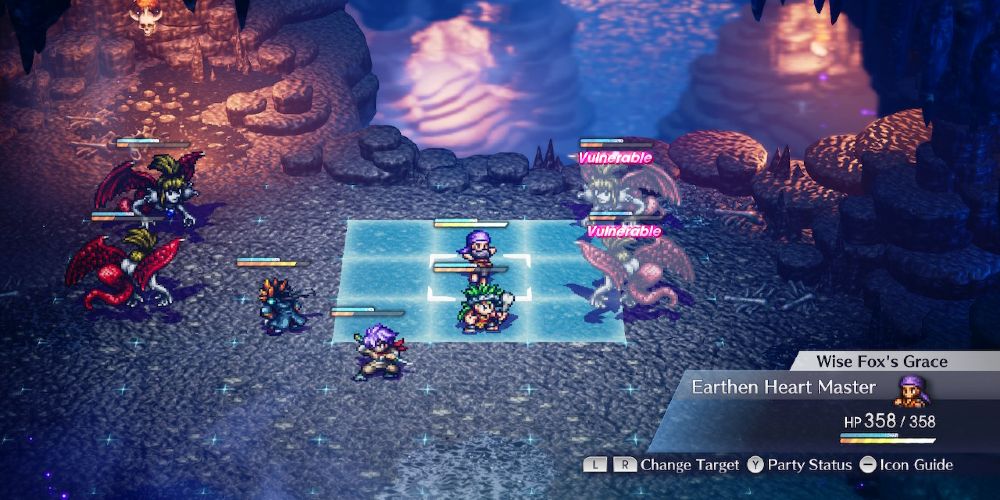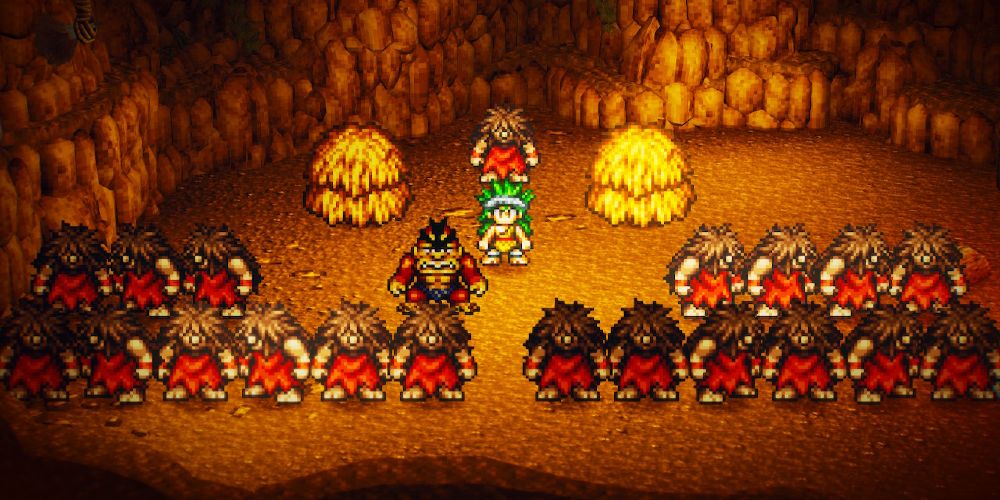The short, self-contained stories of Live A Live pack a lot of plot and character development into only a few hours of gameplay. Each of these micro-RPGs is vividly imagined, and players feel connected to the protagonists despite spending so little time with them. One of the reasons for this is the game's attention to detail.
Not only is Live A Live full of in-game points of interest that bring the world to life, but there are some meta Easter eggs as well for eagle-eyed players to catch. How many of these little flourishes did you notice?
This article contains spoilers for Live A Live.
6 The People Of Success Are Named For Famous Cowboys And Cowgirls
The Wild West chapter sees the Sundown Kid team up with his nemesis Mad Dog to protect a defenseless frontier town from bandits. The ironically-named town of Success has all but resigned itself to being exploited by the Crazy Bunch, and the events that follow are straight out of classic Westerns. As a nod to the period and the genre, most of Success's townsfolk are named after famous frontierspeople or actors known for cowboy roles.
Annie is pretty clearly a reference to Annie Oakley (1860-1926), a famous sharpshooter who toured the United States demonstrating her skills. The men seated around the table in the Saloon – Wayne, Clint, James, and Cesar – are named for actors John Wayne (1907-1979), Clint Eastwood (born 1930), James Coburn (1928-2002), and Cesar Romero (1907-1994). All played cowboys, though Romero is probably best known today for his role as the Joker in the 1960s Batman TV series.
Wayne's wife, Dallas, who runs the boarding house in Success, is likely a reference to the American football team the Dallas Cowboys. The most clever homage to famous cowboys, however, is the Sheriff's son, Billy. As the only child in town, the boy is quite literally Billy the Kid – not to be confused with the famous real-world outlaw!
5 The Prisoner Is A Real Figure From Japanese History
Oboromaru's mission in the Twilight Of Edo Japan chapter is to facilitate the escape of an unnamed prisoner. While he proves skilled with both a sword and a pistol, Oboromaru's charge is only ever referred to as "The Prisoner" for most of the scenario. Only after the pair defeat Lord Ode does Oboromaru's companion reveal his name – Ryoma Sakamoto.
If that felt like it was meant to be a bigger reveal, the Prisoner's identity would have been a much bigger twist for Japanese players. Sakamoto (1836-1867) was a vocal advocate for Japanese modernization in the nineteenth century, fighting to overthrow the Tokugawa Shogunate and make Japan a constitutional monarchy.
His politics ended up getting him killed; Sakamoto was assassinated by a pro-Shogunate group just a few months before the Emperor reclaimed state power. In modern Japan, he's seen as a symbol of the Meiji Restoration and often appears in historical manga, TV shows, and video games – including Live A Live.
4 Kirk Has A Steel Titan Model In His Room
Kirk Wells is one of the crew members on the spaceship Cogito Ergo Sum, the setting of the Distant Future chapter. The chapter encourages curiosity, and Cube can learn a lot from just poking around the ship.
When Cube visits Kirk's personal quarters, examining the shelves in the lower right corner reveals that Kirk has a mint-condition Steel Titan model. If you've already played the Near Future chapter, you know that Steel Titan is the mecha that Akira eventually pilots in his battle against the Great Inko. Technically, that makes Kirk's model a historical scale replica rather than a sci-fi collectible!
3 Taroimo's Name Is A Mistake By Doc Tobei
Early in the Near Future scenario, Akira asks Doc Tobei to see what he can do for Kaori's dying pet turtle Tarokichi. Tobei cures the turtle through the entirely reasonable method of liquefying Tarokichi's spiritual essence and physically transferring it into a six-foot robot. The robot becomes a loyal party member, fighting alongside Akira for the remainder of his quest.
The scatterbrained Tobei refers to the turtle as "Taroimo" rather than "Tarokichi;" if you talk to Kaori immediately after the procedure, she mentions that it's odd Tobei would confuse the turtle with a vegetable. Taro Imo refers to taro root, and Tobei's misspoken name sticks; Tarokichi is referred to as Taroimo for the rest of the game.
2 Subtle Changes To Lucrece In The Final Chapter
One of the game's climactic moments is the end of the Middle Ages chapter, where Oersted claims the power of Odio to revenge himself on those that wronged him – in his mind, everybody. The Kingdom Lucrece is transformed into the Domain Of Hate, and by the time the other protagonists arrive Odio's reign of terror has killed or driven out everyone in the land.
Most players probably noticed the changes to area names, even on the map; notably, the royal castle is now labeled as the Seat Of The Betrayers. However, some monsters in the area have changed slightly following Oersted's fall from grace.
Toward the end of the Middle Ages chapter, Oersted encounters foes named after fears – Entomophobia (fear of insects), Acrophobia (fear of heights) and Scotophobia (fear of the dark) to name a few. When the heroes visit the Domain Of Hate, these monsters have changed from -phobia to -philia. Oersted's embrace of Odio's hatred leads him to revel in things he once vilified, as evidenced by the name change.
1 Pogo Is Voiced By A Legend
With a rudimentary vocabulary consisting primarily of grunts and screams, Pogo doesn't have any proper lines at any point in the game. The endearing little caveman gets his point across through gestures and the occasional iconographic speech bubble. The ending credits, however, reveal that Pogo's guttural noises come courtesy of one of anime's most famous voice actors!
Megumi Ogata's career spans decades, and she voiced several popular characters including Yugi Muto (Yu-Gi-Oh!) and Shinji Ikari (Neon Genesis Evangelion). If you have a favorite anime, chances are good that Ogata was in the original Japanese cast. That goes for the new stuff, too, as she's still very active!
Source: Read Full Article
